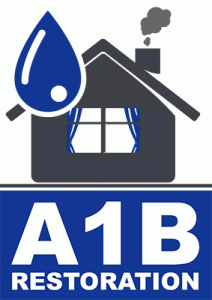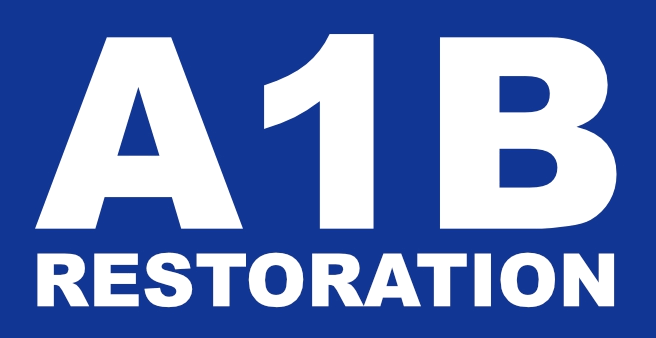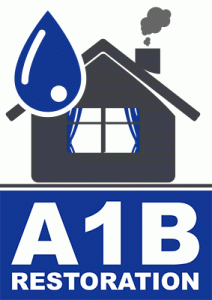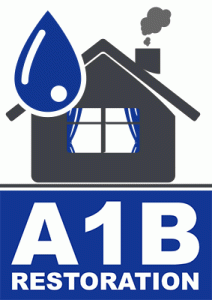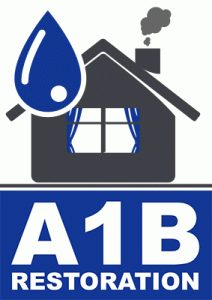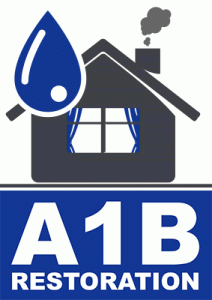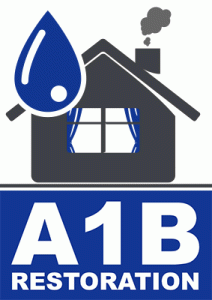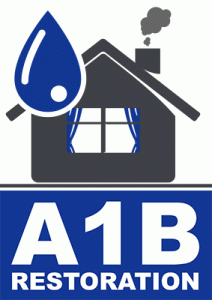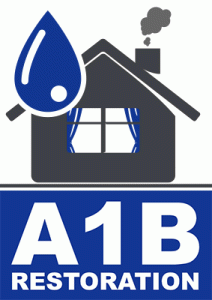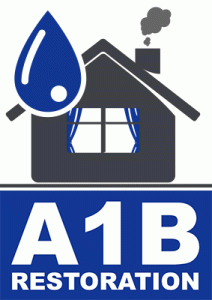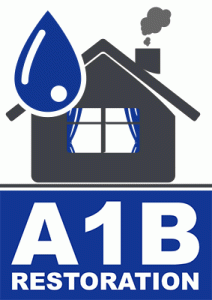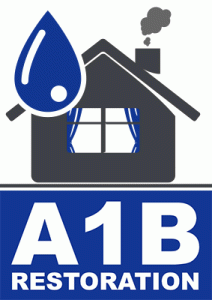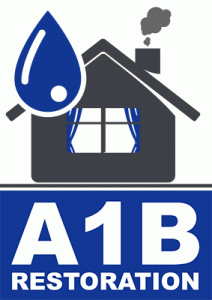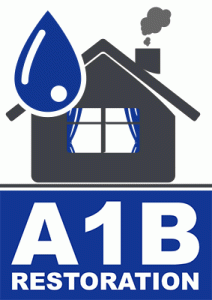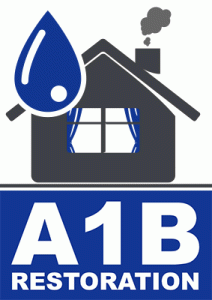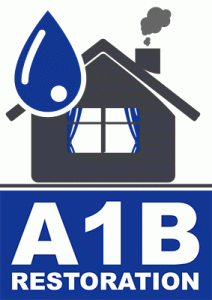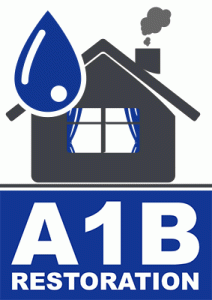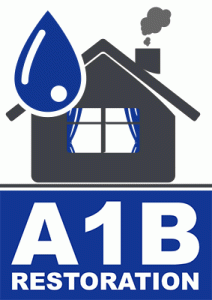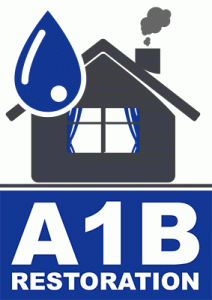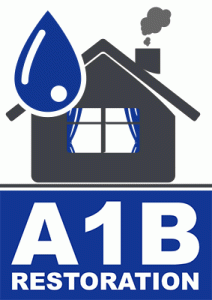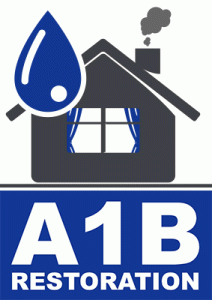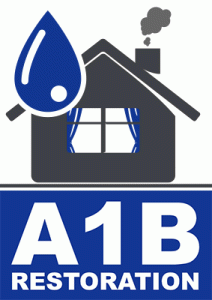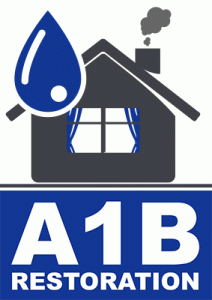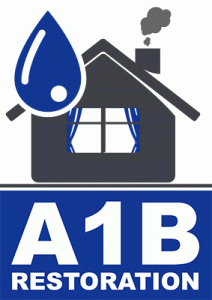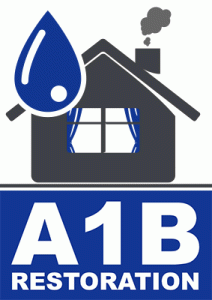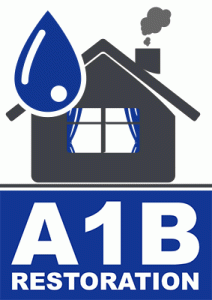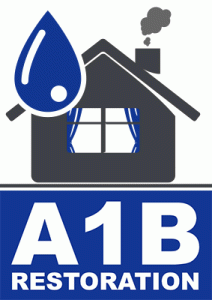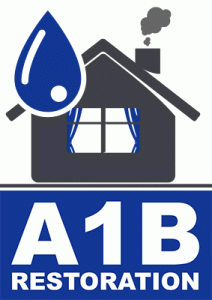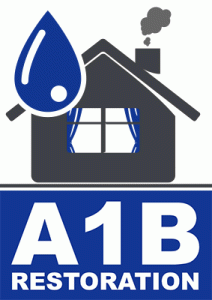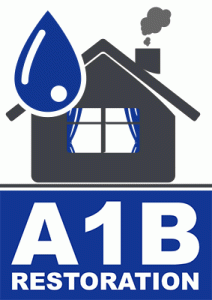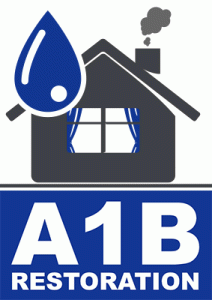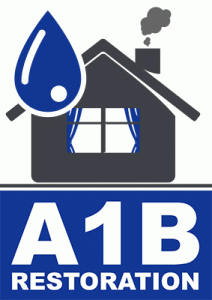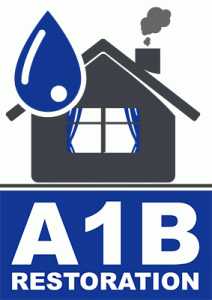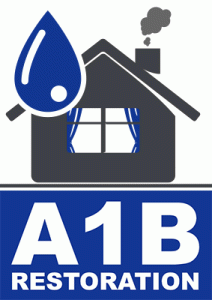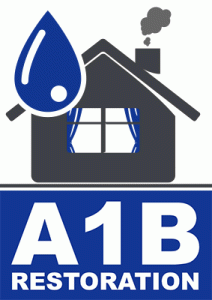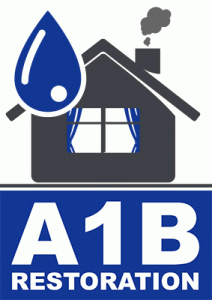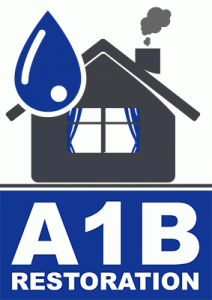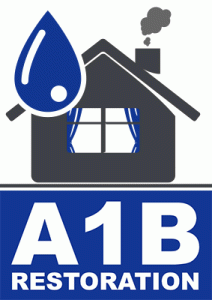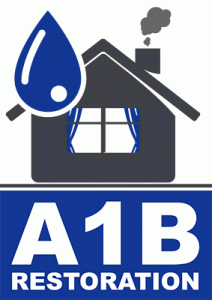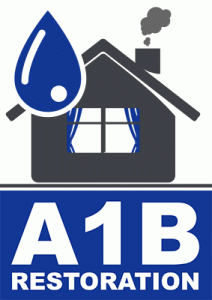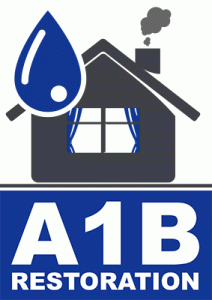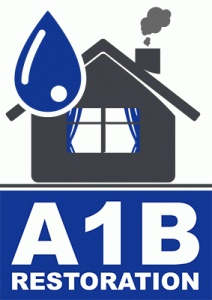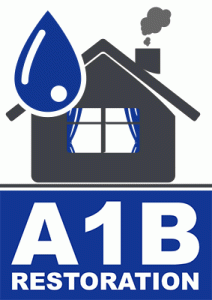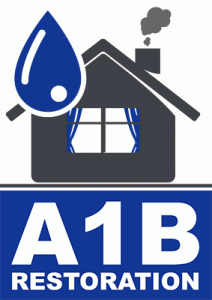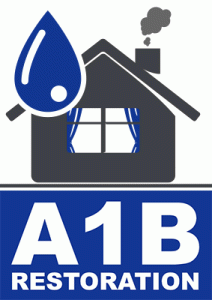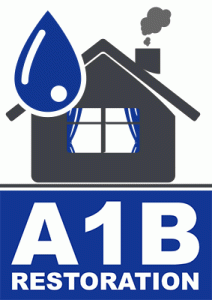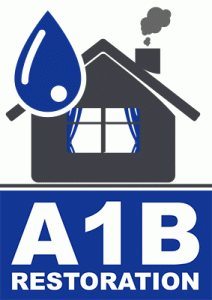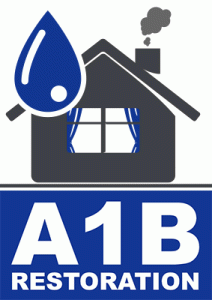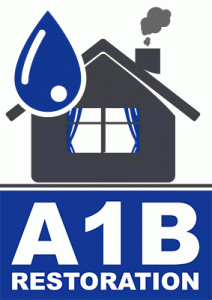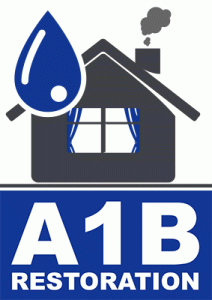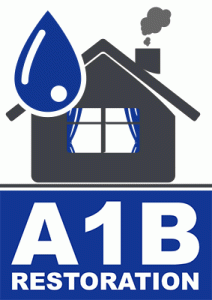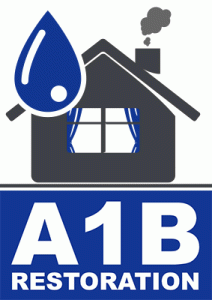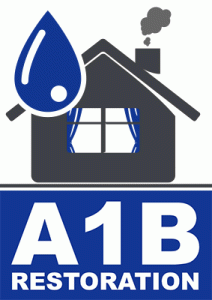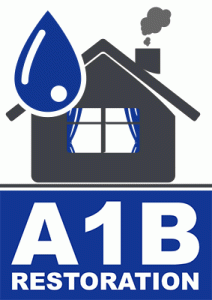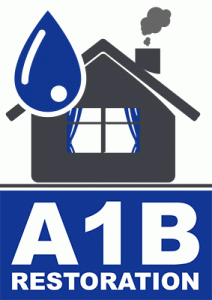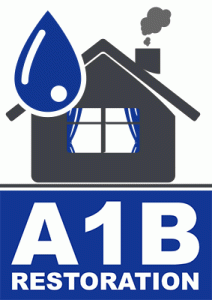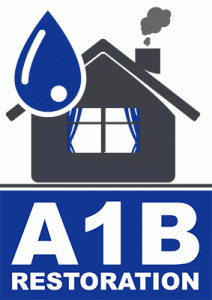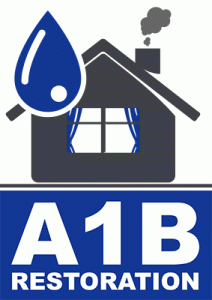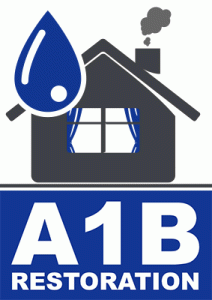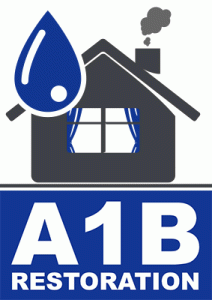How to Handle Water Damage in a Rental Property
Water damage can be a nightmare for both landlords and tenants. Not only can it cause significant property damage, but it can also lead to health issues if not addressed promptly. Whether it’s due to a burst pipe, a leaking roof, or a natural disaster, knowing how to handle water damage in a rental property is crucial. In this comprehensive guide, we will explore the steps you need to take to effectively manage water damage, from initial assessment to restoration, while ensuring compliance with rental agreements and local laws.
Understanding the Causes of Water Damage
Before diving into the solutions, it’s important to understand the common causes of water damage in rental properties. Knowing these can help landlords and tenants prevent future issues.
1. Plumbing Leaks
Plumbing issues are one of the most common causes of water damage. Statistics show that around 10% of homes have leaks that waste 90 gallons or more per day. Regular maintenance and inspections can prevent such problems.
2. Natural Disasters
Floods, hurricanes, and heavy storms can lead to severe water damage. In 2020 alone, flooding caused $20 billion in damages in the United States. It’s crucial for landlords to have adequate insurance coverage to mitigate these risks.
3. Roof Damage
Damaged or missing shingles can allow water to seep into the property. Regular roof inspections can help identify potential issues early on.
Immediate Steps to Take When Water Damage Occurs
When water damage is discovered, quick action is necessary to minimize damage and prevent further issues.
1. Ensure Safety First
Water and electricity are a dangerous combination. If the water damage is extensive, turn off electricity to affected areas to prevent accidents. The American Red Cross provides guidelines on safety during a flood or water damage event.
2. Stop the Water Source
If possible, identify and stop the source of the water. This might involve shutting off the main water valve or patching a hole temporarily until a professional can make repairs.
3. Document the Damage
Take photographs and videos of the damage for insurance purposes. This documentation can be invaluable when filing a claim or resolving disputes with tenants.
4. Notify the Tenant or Landlord
Communication is key. Tenants should inform their landlords immediately when water damage is discovered, and landlords should keep tenants updated on repair progress.
Assessing the Extent of the Damage
Once the immediate threats are neutralized, the next step is to assess the extent of the damage. This assessment will guide the restoration process.
1. Inspect Affected Areas
Check floors, walls, ceilings, and personal belongings for signs of water damage. Look for discoloration, warping, or a musty smell, which can indicate mold growth.
2. Determine the Scope of Work
Decide if professional help is needed. For minor leaks, a DIY approach may suffice, but significant damage will likely require professional restoration services.
Restoration and Repairs
Restoring a property to its pre-damage condition involves several steps, and it’s important to do it right to prevent future issues.
1. Water Extraction and Drying
Use pumps and vacuums to remove standing water, and dehumidifiers and fans to dry out the space. This step is crucial to prevent mold growth, which can begin within 24-48 hours.
2. Mold Remediation
If mold is detected, professional remediation is recommended. Mold can cause health problems, including respiratory issues and allergies. The EPA provides guidelines on mold clean-up in residential settings.
3. Repair and Replace Damaged Materials
Replace drywall, insulation, flooring, and any other materials that were damaged by water. Ensure that repairs comply with local building codes.
Insurance and Legal Considerations
Understanding insurance and legal responsibilities can protect both landlords and tenants from unnecessary expenses.
1. Review Insurance Policies
Landlords should review their property insurance policies to understand what is covered. Tenants may also want to consider renters insurance, which can cover personal belongings.
2. Understand Legal Obligations
Landlords are typically responsible for maintaining the property in a habitable condition, which includes handling water damage. However, tenants may be responsible for damages caused by negligence or misuse.
Preventing Future Water Damage
Preventive measures can save landlords and tenants from the headache of dealing with water damage again.
1. Regular Maintenance Checks
Schedule regular inspections of plumbing, roofing, and other potential problem areas. Early detection can prevent minor issues from becoming major repairs.
2. Install Water Detection Devices
Consider installing water leak detectors and automatic shut-off valves. These devices can alert you to leaks and prevent extensive damage.
3. Educate Tenants
Inform tenants about the signs of water damage and encourage them to report issues promptly. Providing guidelines on what to do in case of a leak can also be beneficial.
Conclusion
Water damage in a rental property can be a daunting challenge, but with the right knowledge and approach, it can be managed effectively. By understanding the causes, taking immediate action, assessing the damage accurately, and restoring the property diligently, landlords and tenants can minimize the impact of water damage. Furthermore, preventive measures and clear communication can help avoid future incidents, ensuring a safe and habitable living environment for all parties involved.
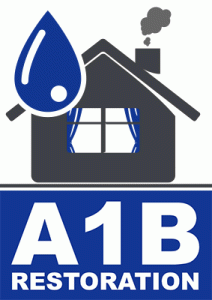
restoration services water damage North Richland Hills Texas
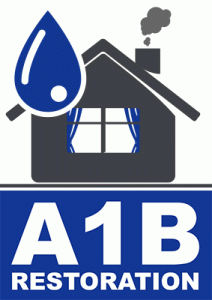
Mesquite TX water damage restoration companies near me
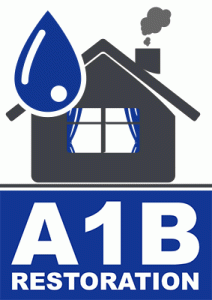
emergency water damage restoration Richardson Texas

water damage and restoration companies McKinney Texas
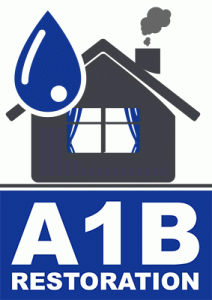
best water damage restoration near me Dallas Texas
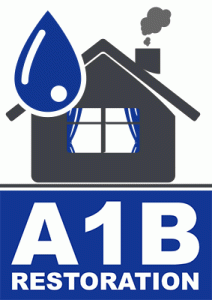
Lakewood Dallas TX emergency water damage cleanup

best water damage restoration near me Carrollton Texas

water damage restoration cost Lake Highlands Dallas Texas

Carrollton Texas water damage restoration near me
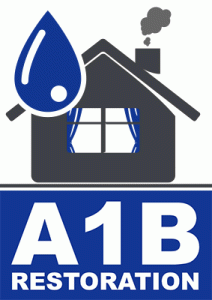
residential water damage restoration Roanoke Texas
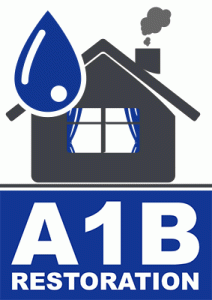
Irving TX water damage restoration companies near me

Garland Texas water damage restoration service near me
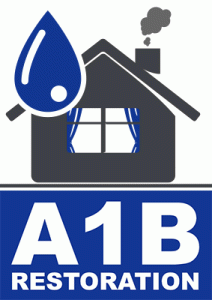
Cedar Hill Texas water extraction company near me

Irving Texas water damage restoration service near me
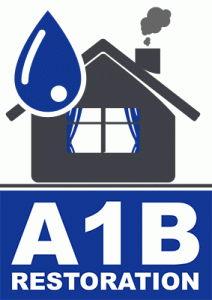
Highland Park Texas water damage restoration service near me

Arlington Texas restoration water damage companies
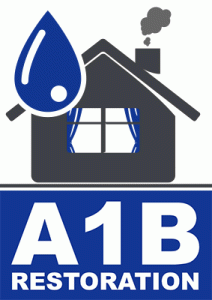
Dallas Texas water damage restoration service near me

Fairview Texas restoration water damage companies

Lake Highlands Dallas Texas water damage companies

Royse City Texas water damage restoration service near me
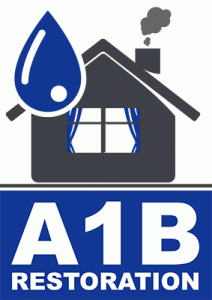
Lake Highlands Dallas Texas water damage restoration service near me
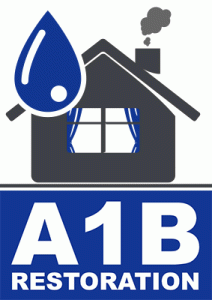
Grand Prairie TX restoration water damage experts

Preston Hollow Dallas TX water damage restoration companies
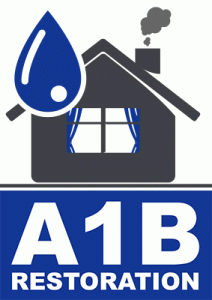
Fairview TX water damage restoration companies near me

Highland Park TX restoration water damage experts
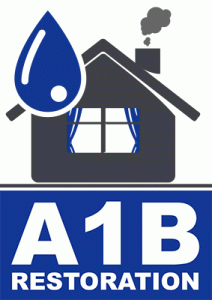
North Richland Hills TX water restoration services
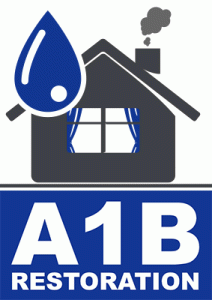
Flower Mound TX water damage restoration company

Colleyville TX water damage restoration companies
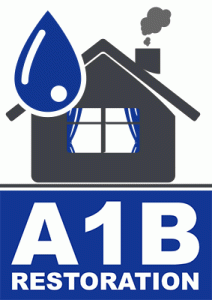
water restoration companies near me Little Elm Texas
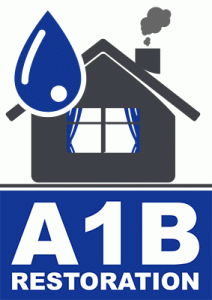
water damage and restoration Lakewood Dallas Texas
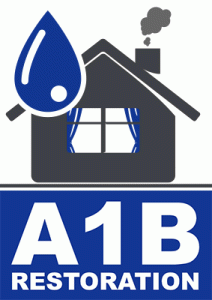
residential water damage restoration Flower Mound Texas
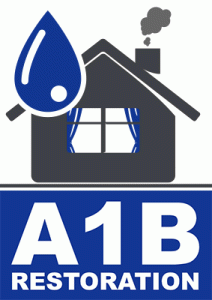
best water damage restoration near me Lucas Texas
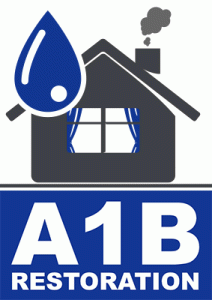
water damage and restoration companies Royse City Texas

water damage restoration services near me Arlington Texas

water remediation company near me Grand Prairie Texas
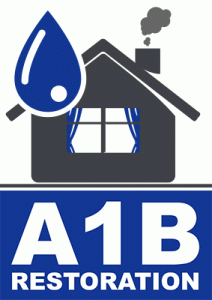
water damage restoration services near me Lewisville Texas
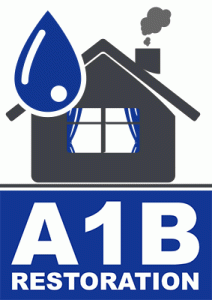
water removal services near me Flower Mound Texas

water damage and restoration companies Denton Texas
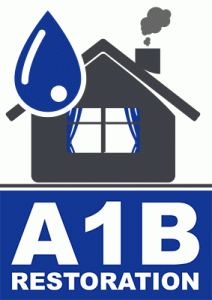
restoration company water damage The Colony Texas

best water damage restoration near me Coppell Texas

water restoration companies near me Lakewood Dallas Texas
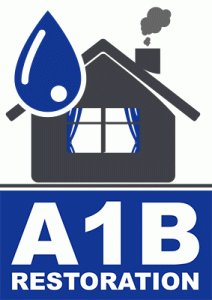
water damage restoration services near me Sachse Texas
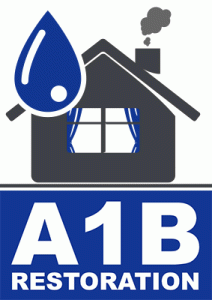
residential water damage restoration Duncanville Texas
